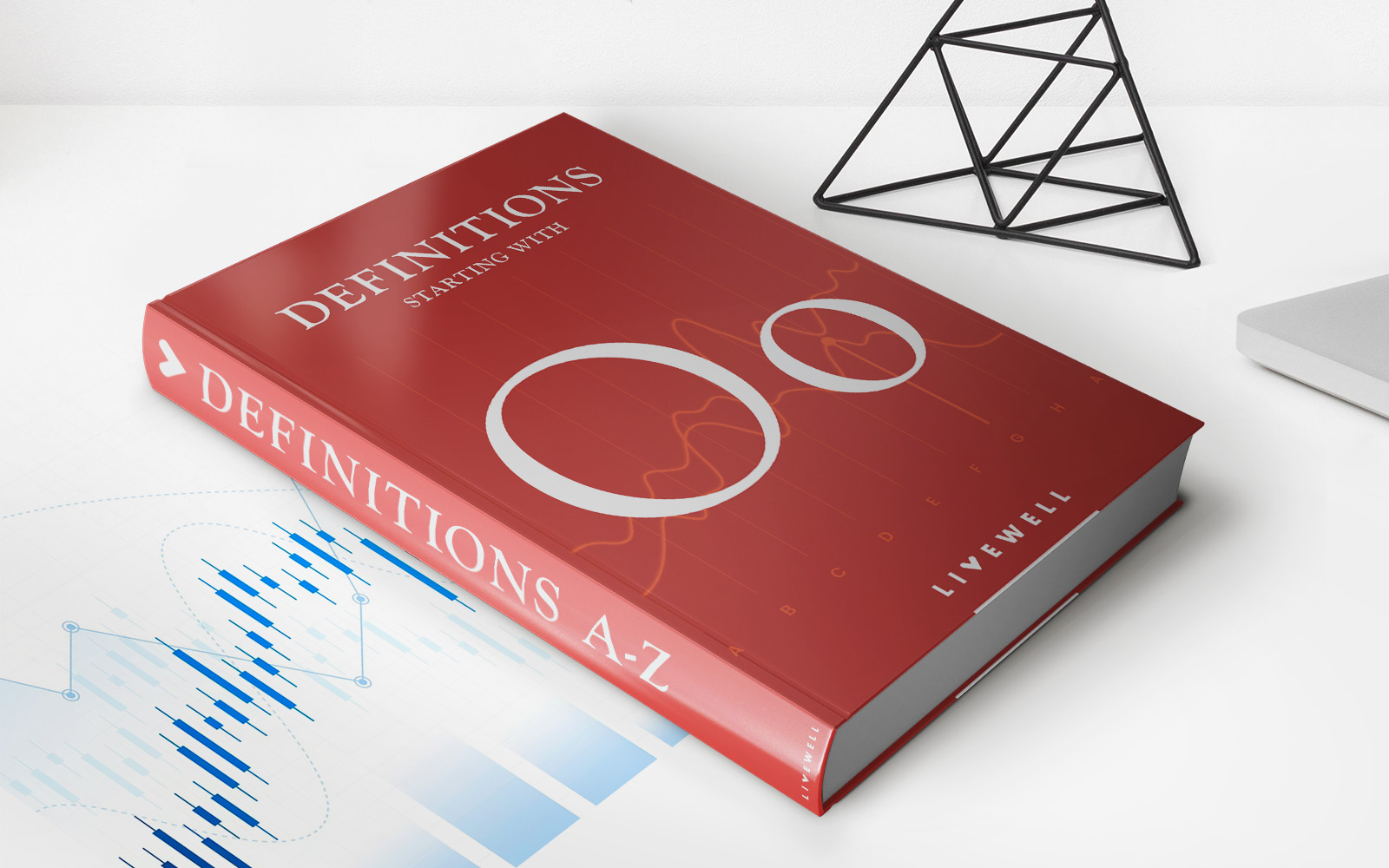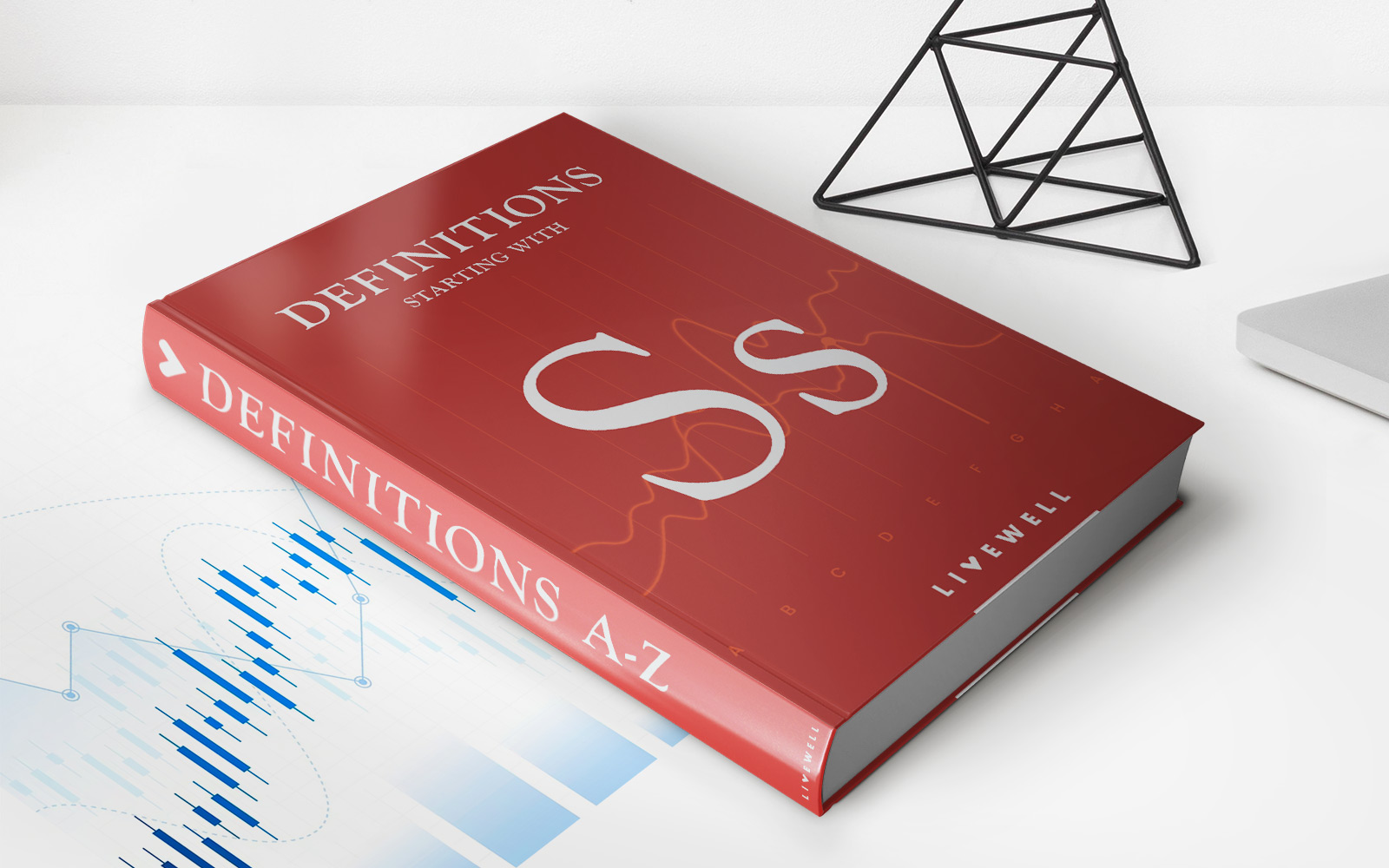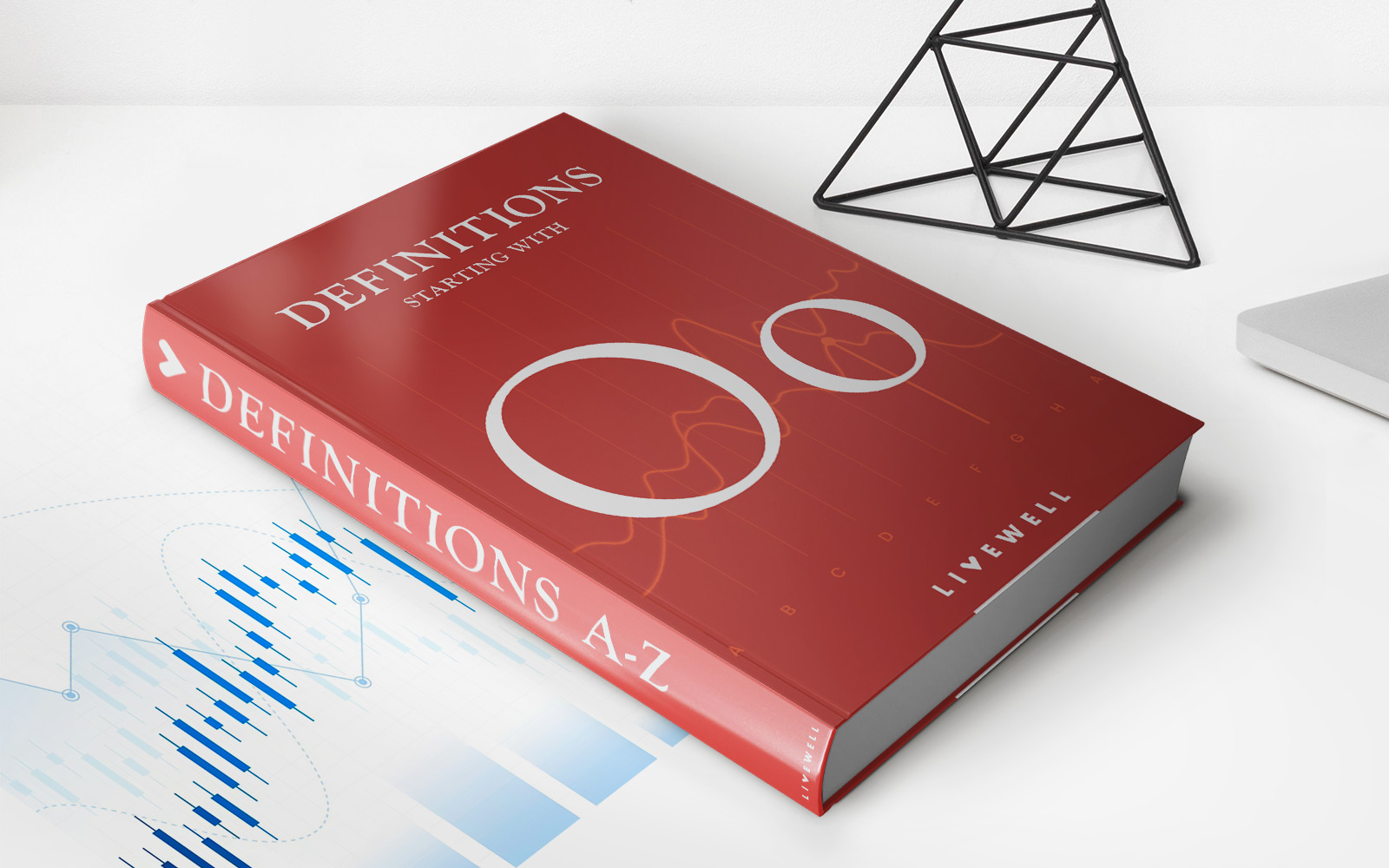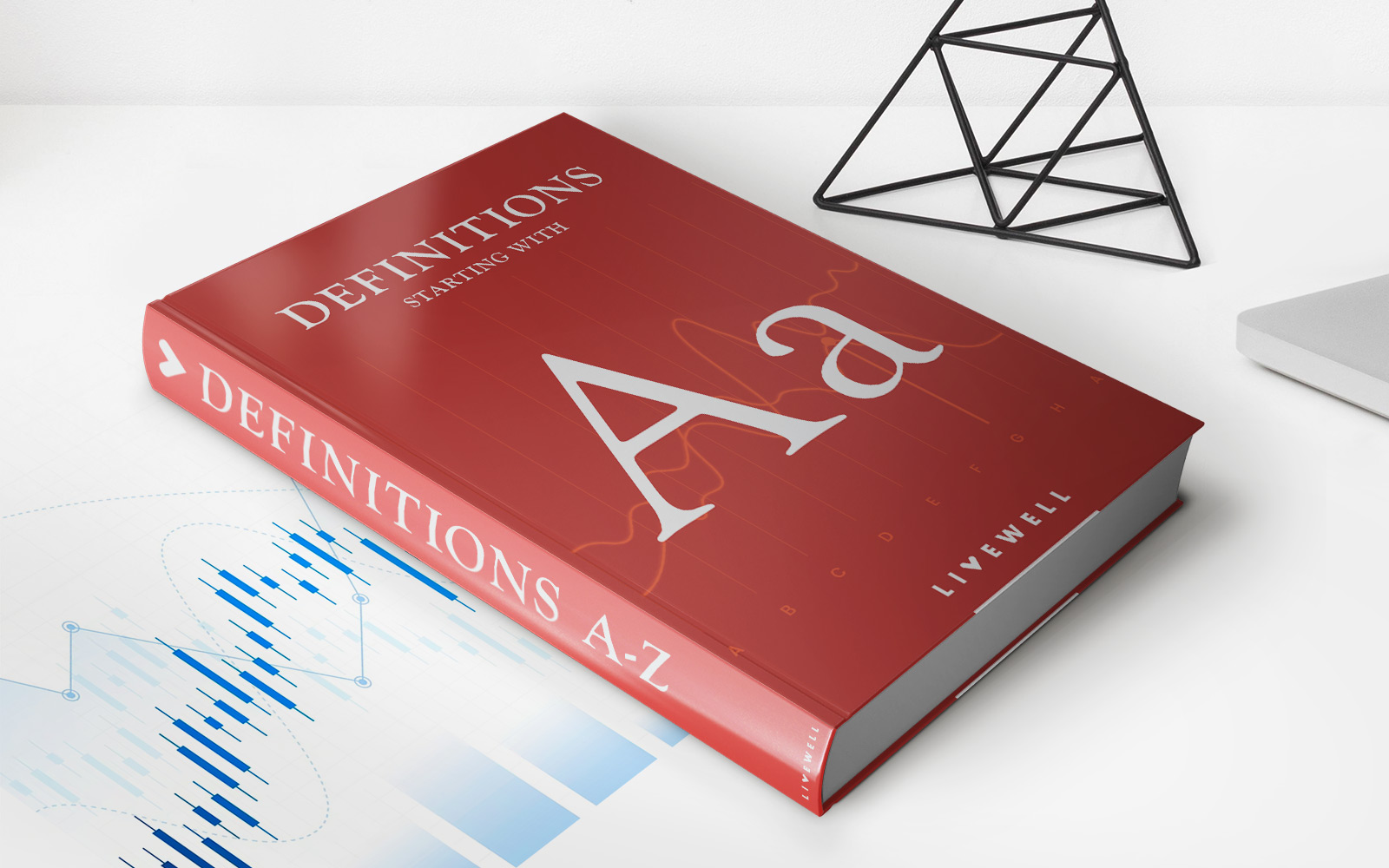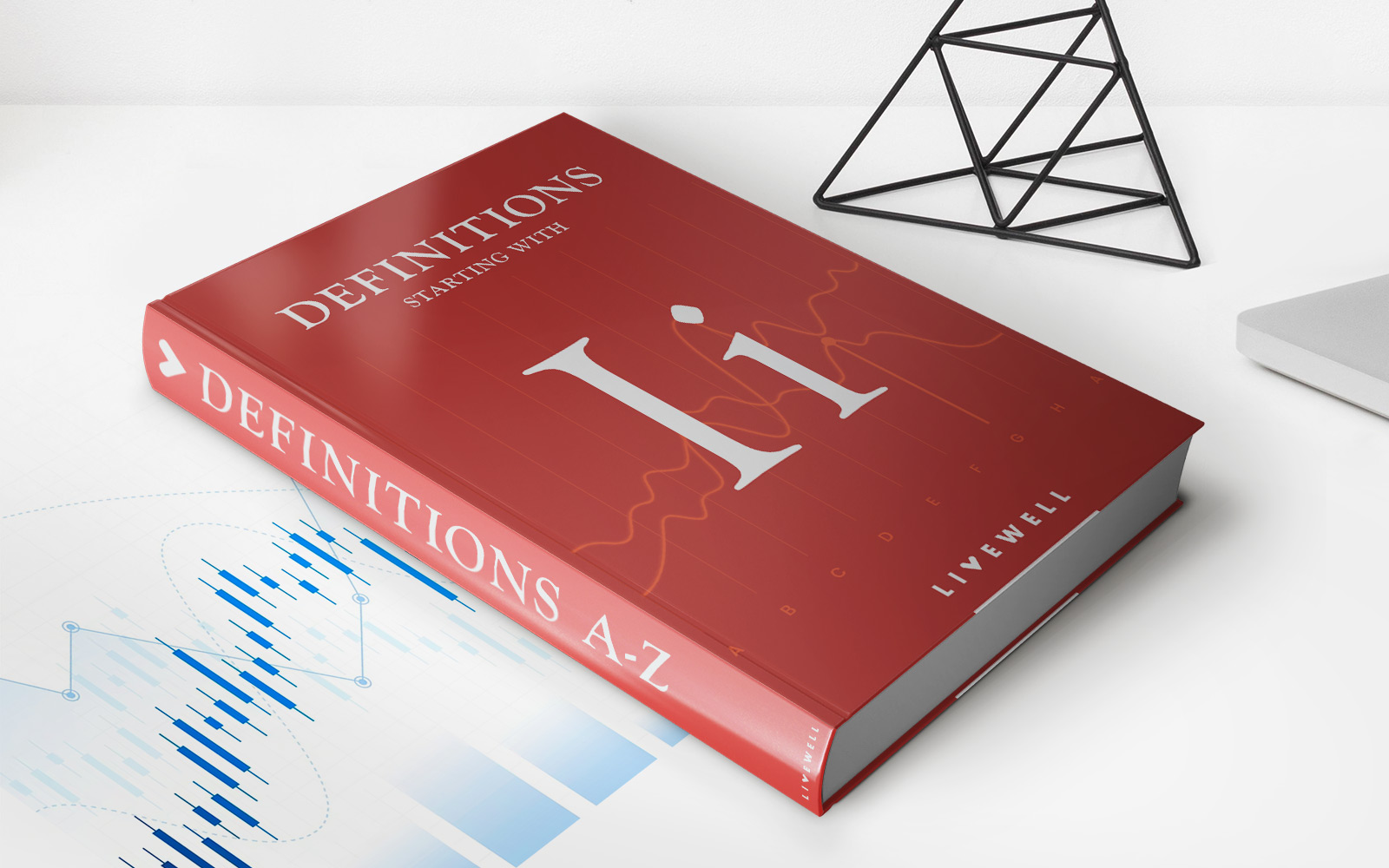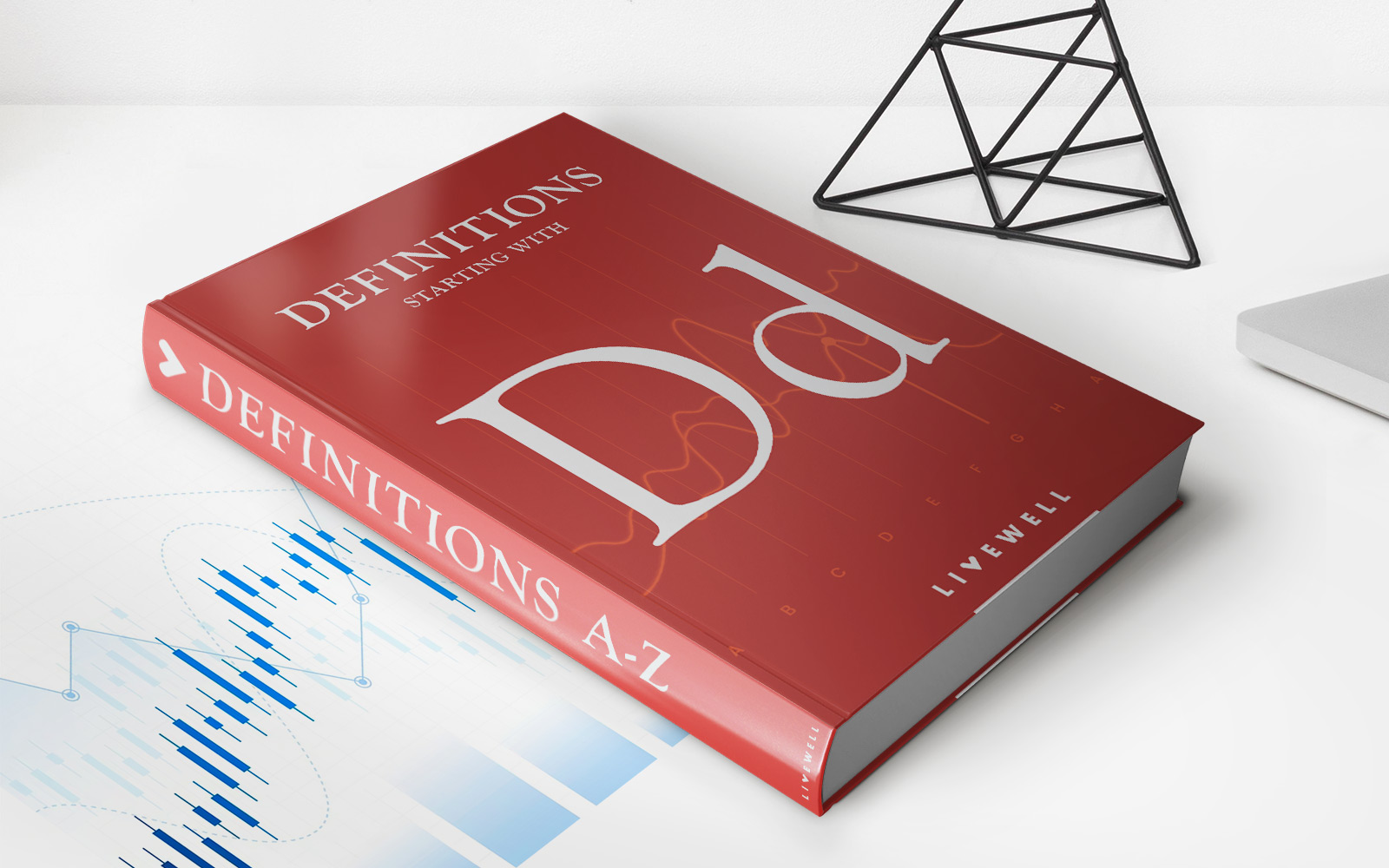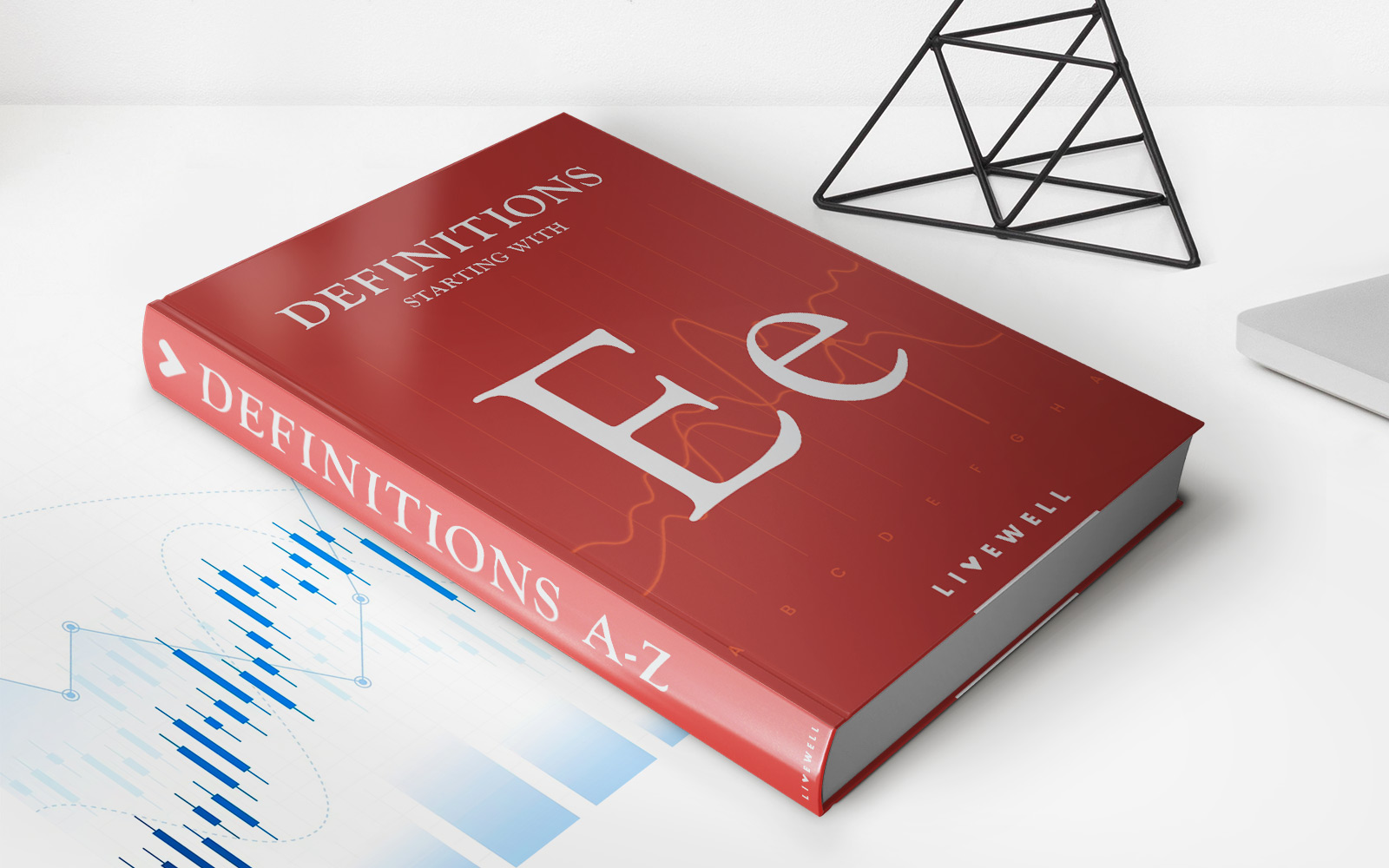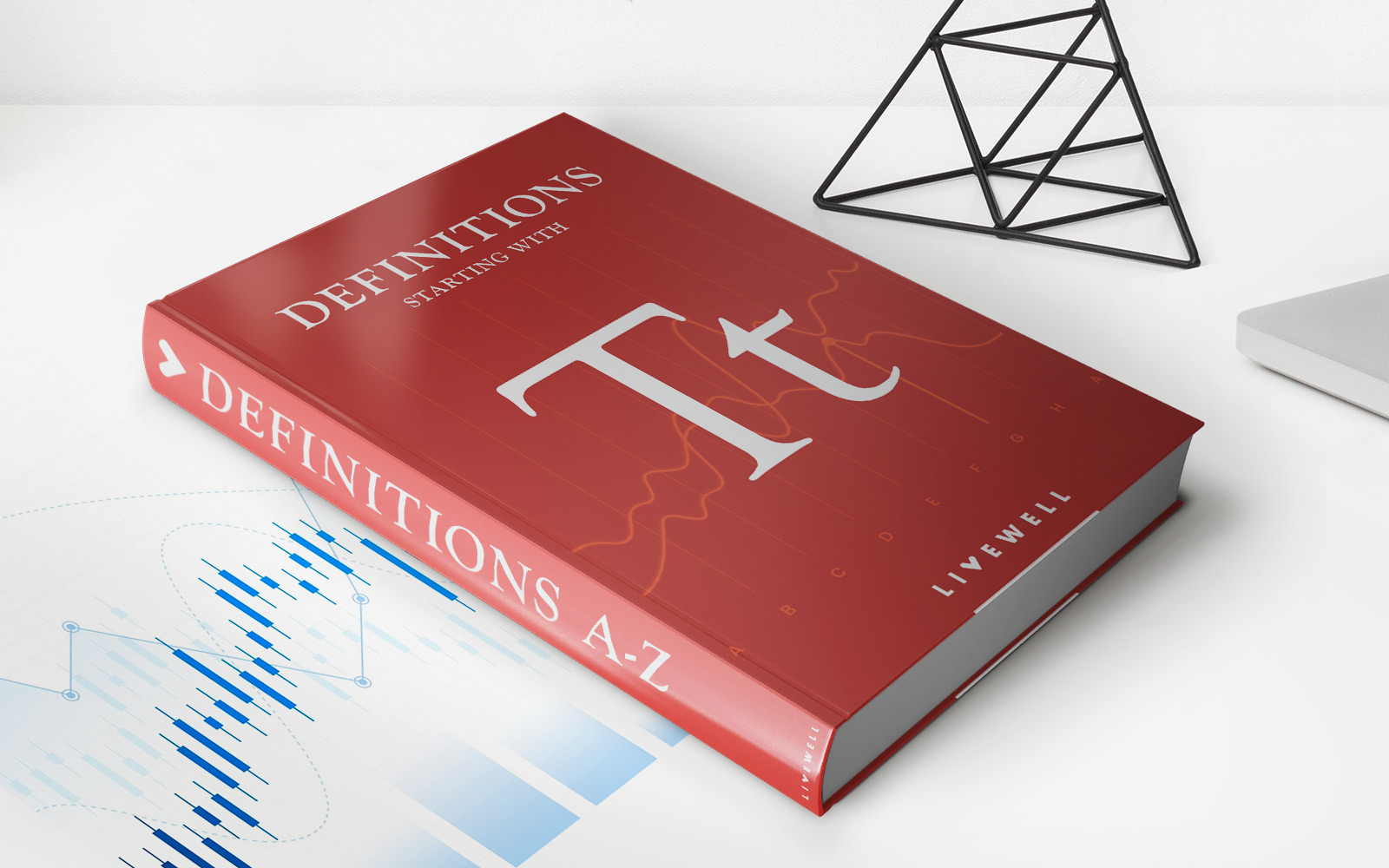

Finance
Traded Average Price Option (TAPO) Definition
Published: February 10, 2024
Learn the definition of Traded Average Price Option (TAPO) in finance. Understand how this financial instrument is used in trading.
(Many of the links in this article redirect to a specific reviewed product. Your purchase of these products through affiliate links helps to generate commission for LiveWell, at no extra cost. Learn more)
What is a Traded Average Price Option (TAPO)?
Welcome to our finance blog category! In this post, we will dive deep into the world of Traded Average Price Options (TAPOs). If you’re curious about what a TAPO is, how it works, and its role in the financial market, you’ve come to the right place! Let’s get started.
Key Takeaways:
- Traded Average Price Options (TAPOs) are financial derivatives that allow investors to speculate on the average price of a specific underlying asset over a predetermined period of time.
- TAPOs provide investors with a flexible and customizable way to manage risk and profit from anticipated price movements without the need to accurately predict the exact price level.
Now, let’s explore what a Traded Average Price Option is and how it functions in the financial market. As the name suggests, a TAPO is an option contract that allows traders to speculate on the average price of an underlying asset. Unlike traditional options, which are based on the spot price of an asset at a specific point in time, TAPOs are settled based on the average price over a defined period.
TAPOs are typically European-style options, meaning they can only be exercised at expiration. They offer investors the opportunity to profit from anticipated price movements without the need to accurately predict the exact price level of the underlying asset. This flexibility makes TAPOs attractive for traders who have a broad view of the market’s direction but are unsure about the precise timing or magnitude of price fluctuations.
These unique financial instruments are particularly popular in volatile markets, where the average price over a given period might be a more strategic indicator than a single spot price. They are commonly used in commodities, foreign exchange, and energy markets.
For example, let’s say an investor believes that the average price of gold over the next six months will increase significantly, but they are uncertain about the short-term price movements. By purchasing a TAPO on gold, they can profit if the average price over the specified period exceeds a predetermined strike price. This allows investors to potentially capitalize on upward price trends while minimizing their exposure to short-term fluctuations.
It’s important to note that TAPOs, like any financial derivative, come with their own set of risks. Investors should carefully assess the terms and conditions of a TAPO contract, including the strike price, expiration date, and settlement mechanism, before engaging in trading activities. It is also essential to have a solid understanding of the underlying asset and its market dynamics to make informed investment decisions.
In conclusion, Traded Average Price Options (TAPOs) offer investors a flexible and customizable approach to speculating on the average price of an underlying asset over a defined time period. These unique financial instruments provide a valuable tool for managing risk and profiting from anticipated market trends. As with any investment, it’s crucial to conduct thorough research and seek professional advice before engaging in TAPO trading.
Thank you for reading our blog post on Traded Average Price Options (TAPOs). We hope you found this information useful and gained a better understanding of this fascinating aspect of the financial market. Stay tuned for more insightful content in our finance category!



